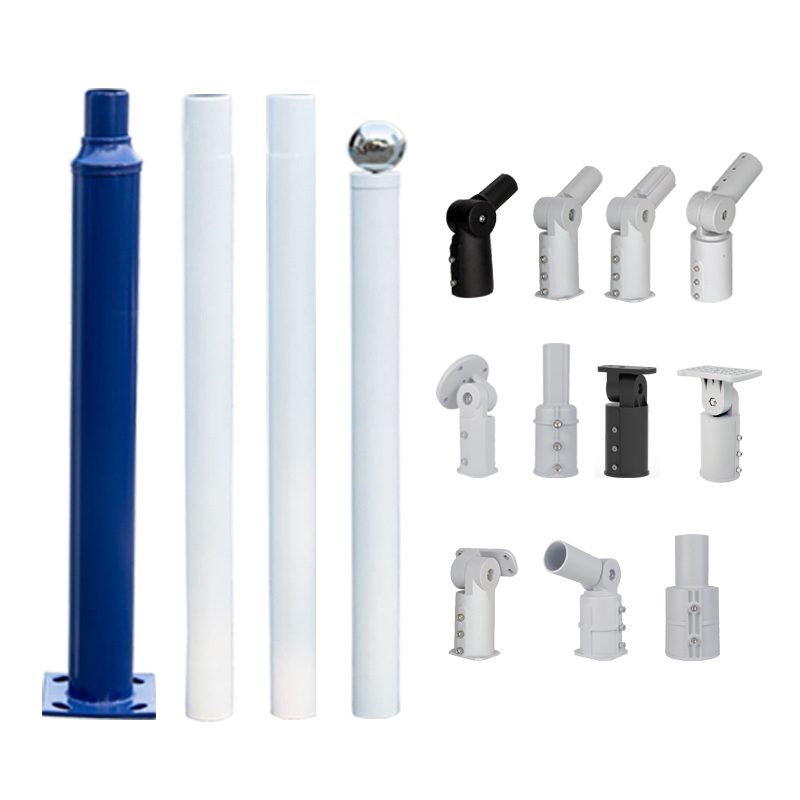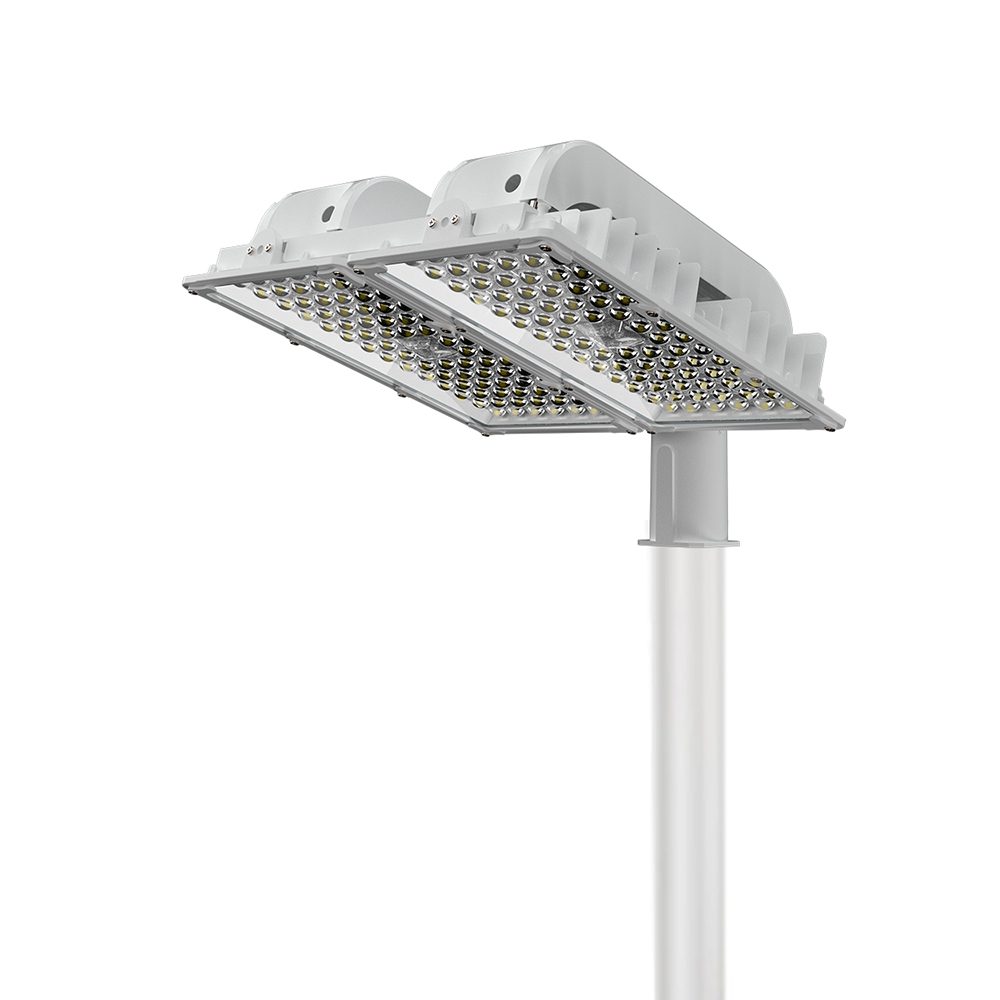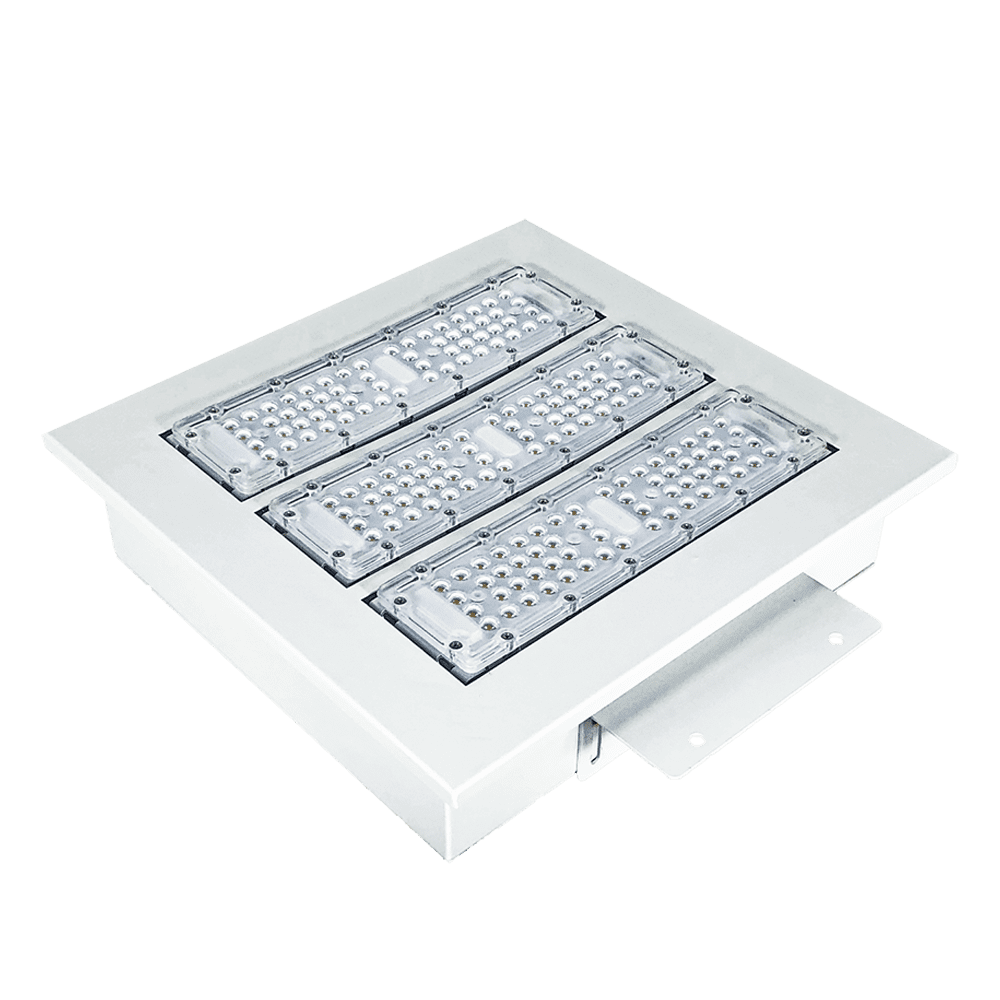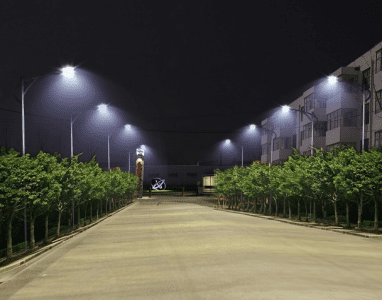In the market, due to the lack of understanding of the solar street lamp industry technology, users only roughly understand some simple mainstream configurations of the market, such as: how many watts of solar panels, how much capacity of batteries, and how many lamp beads. Therefore, the brightness of the lamp can only be judged by these parameters which are not so practical. This in fact falls into a misunderstanding, these parameters are only surface, we need to understand the original performance of the lamp is what? Its home point ultimately falls on the “lighting”, the original performance of the lamp is lighting.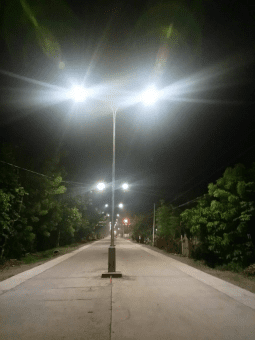
1. Average life: The light source is the average life, that is, a number of light sources are lit at the same time, when 50% of the light source failure time, is the average life of this batch of light sources.
2. Stroboscopic: The number of flashes per second of the light source. Failure to provide a stable voltage will cause stroboscopic flashes. Stroboscopic light sources cause great eye damage, and fluorescent light sources are more serious.
3. Luminous flux: For a lamp, the simplest explanation is the amount of light emitted, in lumens (LM).
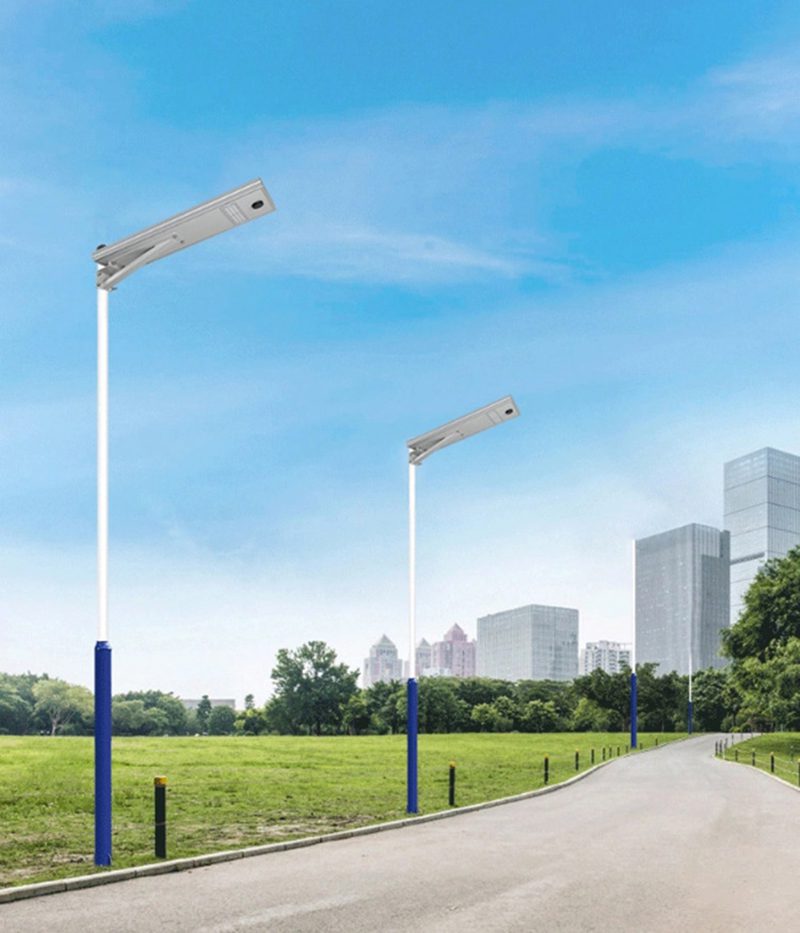
4. Light efficiency: The luminous efficiency of the lamp is the amount of light that can be emitted per unit power, unit LM/W.
5. Explicit refers to the degree to which the light source restores the color of the object. In general, the reaction of sunlight to the color of the object is {zh0}, the most real, so their color rendering is defined as 100, and the color rendering index is ≥70, which is a better light source.
6. Color temperature, light source color temperature is different, light color is different. The light with low color temperature is yellow, we call it warm color, and yellow light has good permeability to fog; High color temperature light is white, high color temperature white light for road lighting has an intermediate visual effect, good visibility, brighter than low color temperature yellow light.

